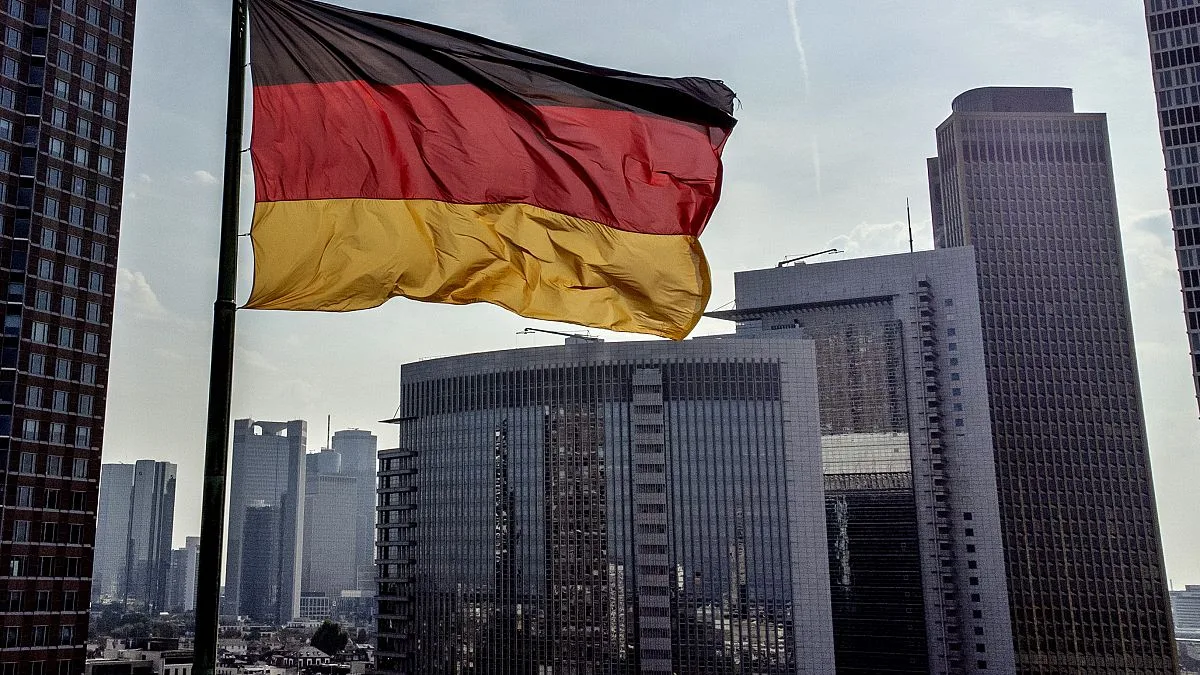In October, inflation in the Eurozone rose to 2%, exceeding expectations and up from September’s figure of 1.7%. This increase was largely influenced by higher prices in the services and food sectors, while Germany experienced unexpected price hikes. In response, the euro saw a strengthening against other currencies.
According to preliminary estimates from Eurostat, the Eurozone’s consumer price index (CPI) surged to 2% year-over-year in October, surpassing economists’ predictions of 1.9% and showing an increase from September’s 1.7%. This uptick in inflation raises concerns regarding its potential impact on the European Central Bank’s (ECB) monetary policy in the coming months.
In another report, Eurostat indicated that the unemployment rate within the Eurozone remained at a record low of 6.3% in October.
Eurozone Inflation: Services Drive Price Increases
Services and food prices were the main drivers behind the inflation rise in October. Services recorded the highest annual increase within the Eurozone, standing at 3.9%, which aligns with September levels. Meanwhile, food prices, including alcohol and tobacco, rose notably to 2.9% from 2.4% the previous month. Prices of non-energy industrial goods grew modestly by 0.5%, while energy prices decreased by 4.6%, a decline less severe than September’s -6.1%.
Core inflation, which excludes the volatile food and energy sectors, remained steady at 2.7% year-over-year, slightly above analysts’ expectations of 2.6%. In October, inflation in the monthly consumer basket accelerated by 0.3%, marking the fastest growth since April.
Inflation Trends Across Major EU Economies
The inflationary pressures were also visible across key economies in the bloc, including Germany, France, Spain, and Italy.
In Germany, the annual inflation rate reached 2% in October, an increase from the three-and-a-half-year low of 1.6% recorded in September and exceeding the expected rate of 1.8%. This surge was primarily due to a rise in service prices, which increased to 4% from 3.8%, alongside food price hikes which climbed to 2.3% from 1.6%.
Goods prices in Germany saw a turnaround, moving from -0.3% to 0.4%, while energy prices fell by 5.5%, a less drastic decline than September’s 7.6%. The EU-harmonized inflation rate, important for cross-country comparisons, reached 2.4% year-over-year, above the anticipated 2.1%, with a monthly rate increase to 0.4% from -0.1%.
France also experienced a minor inflation uptick, with the annual rate rising to 1.2% from September’s 1.1%, which had marked the lowest level since March 2021. The French EU-harmonized inflation rate increased by 0.3% month-over-month and 1.5% year-over-year, surpassing predictions of 1.1%.
In Italy, the harmonized inflation rate gained 0.3%, reaching an annual rate of 1% in October, up from 0.7% previously.
Across the Eurozone, the most significant monthly inflation increases were clocked in Croatia, Finland, and Estonia, each with a rise of 0.8%, followed by Belgium and Slovakia at +0.7%, and the Netherlands at +0.6%. Annually, the highest inflation rates were noted in Belgium (+4.7%), Estonia (+4.5%), Croatia (+3.5%), and Slovakia (+3.5%).
Implications of Inflation Data for ECB Policy
The ECB may not be surprised by October’s inflation figures, as policymakers had anticipated a temporary inflation increase in the latter part of 2024.
“It was expected that inflation would rise toward year-end, and while the jump in food prices is somewhat surprising, it seems more like an anomaly. Services continue to be a factor, but overall reports suggest core inflation might settle around the 2% mark by next year,” explained Kyle Chapman, a forex market analyst at Ballinger Group.
In its October bulletin, the ECB reiterated its outlook of a short-term inflation increase before a gradual decline towards its 2% target next year.
The ECB has acknowledged that domestic inflation pressures remain robust, driven by ongoing wage growth. Yet, it anticipates a gradual easing of labor cost pressures, with corporate profits likely to absorb some of the cost hikes, thereby softening their impact on overall inflation.
During its latest meeting in October, the ECB confirmed its approach would remain “data-dependent and meeting-by-meeting” for forthcoming policy decisions.
Despite still being within the target range, the ECB might face pressure to maintain its gradual policy normalization strategy in its final meeting of the year. Much will depend on the results of the upcoming November inflation report.
Market Reactions: Euro Strengthens, Stocks Decline
The euro appreciated by 0.1% to $1.0870 on Thursday, marking its fourth consecutive day of gains and reaching a two-week high. Meanwhile, Eurozone government bond yields remained relatively stable, with the yield on the two-year German Schatz—a key indicator for short-term interest rate expectations—holding at 2.31%.
However, money markets are currently projecting a 34-basis-point rate cut, a decrease from the 42 basis points expected the day prior, indicating that the chances of a more substantial 0.5% rate cut are diminishing.
European equity markets saw negative responses, with the Euro Stoxx 50 declining by 0.9%, and France’s CAC 40 and Italy’s FTSE Mib dropping by 1% and 0.7%, respectively. Stocks like BNP Paribas fell by 5.6% following disappointing quarterly results, while Germany’s Rheinmetall and Zalando saw decreases of 3.2% and 3%, respectively.
Photo credit & article inspired by: Euronews



